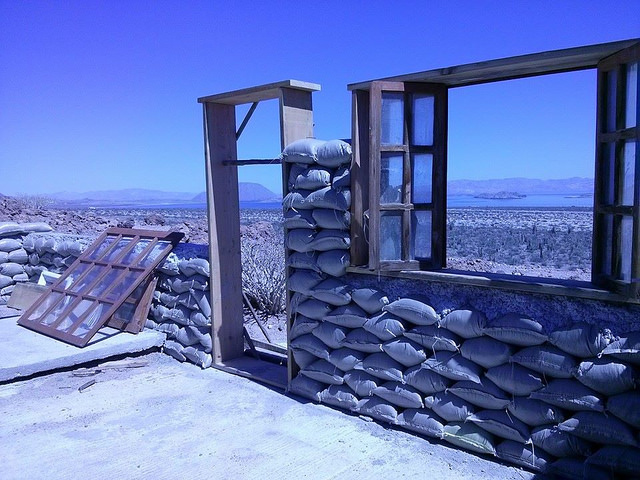Using natural substances to build a structure has become more popular as people consider traditional building materials issues (like tainted drywall from China).
Knowing what method to use to build with, however, requires careful consideration; here is a simple chart that covers some of the things you must think about.
COB STRAW BALE EARTHBAG
Difficulty of technique Cob construction is time-consuming, but fun. Patience and some know-how are necessary.
The interior is completed along with the exterior, so finishing is easy.
Straw bale is the fastest and least labour-intensive of the three. Bales are light compared to sacks filled with mud. You can have a house up in weeks or less. Finishing the interior may take longer. Earthbag, is labour-intensive compared to straw bale, but the technique is pretty idiot-proof. Earthbag homes can be built fast, depending on the energy of the team. Finishing the interior may take longer. Cost Mud is free. Labour, time and learning the art is where you could spend money. A great technique if you have volunteers and plenty of time. Depends if you have bales to hand or not, and on the price of the bales in your area. The post and beam structure could be more expensive.
The materials are very inexpensive for roundhouses. Mud is free. The sacks are inexpensive. Labour is the key factor for cost here. Insulation* Earth has poor insulation. Great insulation. Poor insulation. Shape You can create any shape with cob, that’s the beauty of it. Squares and rectangles are the most logical choice for straw bale, as the bales are cuboid. Earthbag definitely thrives on curves and circles. In the wet How well cob functions in the wet depends on how high your footings, and how wide your eaves. Cob can resist a fair amount of rain and weathering, but is not recommended on flood plains. Moisture is the enemy of straw bale, but as long as you construct a decent rubble trench foundation, a high stem wall and wide eaves, straw bale can stand the rain. Performs the best out of the three in the wet. With a gravel foundation and a decent stem wall, earthbag can survive a flood. In the cold Earth works very well with passive solar construction (for those in the northern hemisphere that means south facing windows which draw in the sun’s heat which is then absorbed by the earth walls).
Takes a while to heat up.
Excellent. The high insulation factor means it’s easy to heat a straw bale home. Earth works very well with passive solar construction (for those in the northern hemisphere that means south facing windows which draw in the sun’s heat which is then absorbed by the earth walls).
Takes a while to heat up.
Maintenance Easy. Easy. Easy.
Longevity Cob houses have been standing for hundreds of years in the UK. With large eaves and the correct moisture protection, straw bale is estimated to last a life time, at least.
An earthbag structure with proper foundations is estimated to last at least a century.
Choosing building materials can be a difficult process that requires a lot of individual choices, considerations, and decisions.
Using natural substances is one way of removing at least the affordability and eco-friendly issues off the table.
To learn more about building with natural substances (mostly,) please check out Mother Earth News.
Featured image via Flickr

Used Tires on exterior and Tin Cans for interior walls
All 3 are similar, in that, these materials are a ‘fill in’, creating a super-insulating wall in a post and beam structure.
Here’s where it gets dicy. Cob and earthbags are unstable, and can shift, possibly catastrophically.
Hay bales on the other hand are like gigantic ‘bricks’ and if constructed properly, using vertical rebar to tie the pieces together, is very stable
Had to add…If you’ve ever seen those towns, say in Italy, Afghanistan, or Pakistan, that are completely demolished by an earthquake, those homes are built using ‘cob’ or handmade bricks.
The reason buildings like that fall, is that there is no internal structure…bricks are simply stacked, one on top of another without rebar or any way to hold together other than mortar.
Still support affordable, no cost recycled packed tires … no shifting in our off-grid home in 6 years, cool in summer, warm without needed heat in winter 🙂
I think I’d prefer wattle and daub. Lasts for centuries.
How does rammed earth do in an earthquake?
I always tell new folks to build in the medium they are the most comfortable with. For me that meant stick framing because that was what I knew how to do.
Rammed earth is almost the consistency of concrete when finished…excellent structure.
Dennis Wohlfeil
David